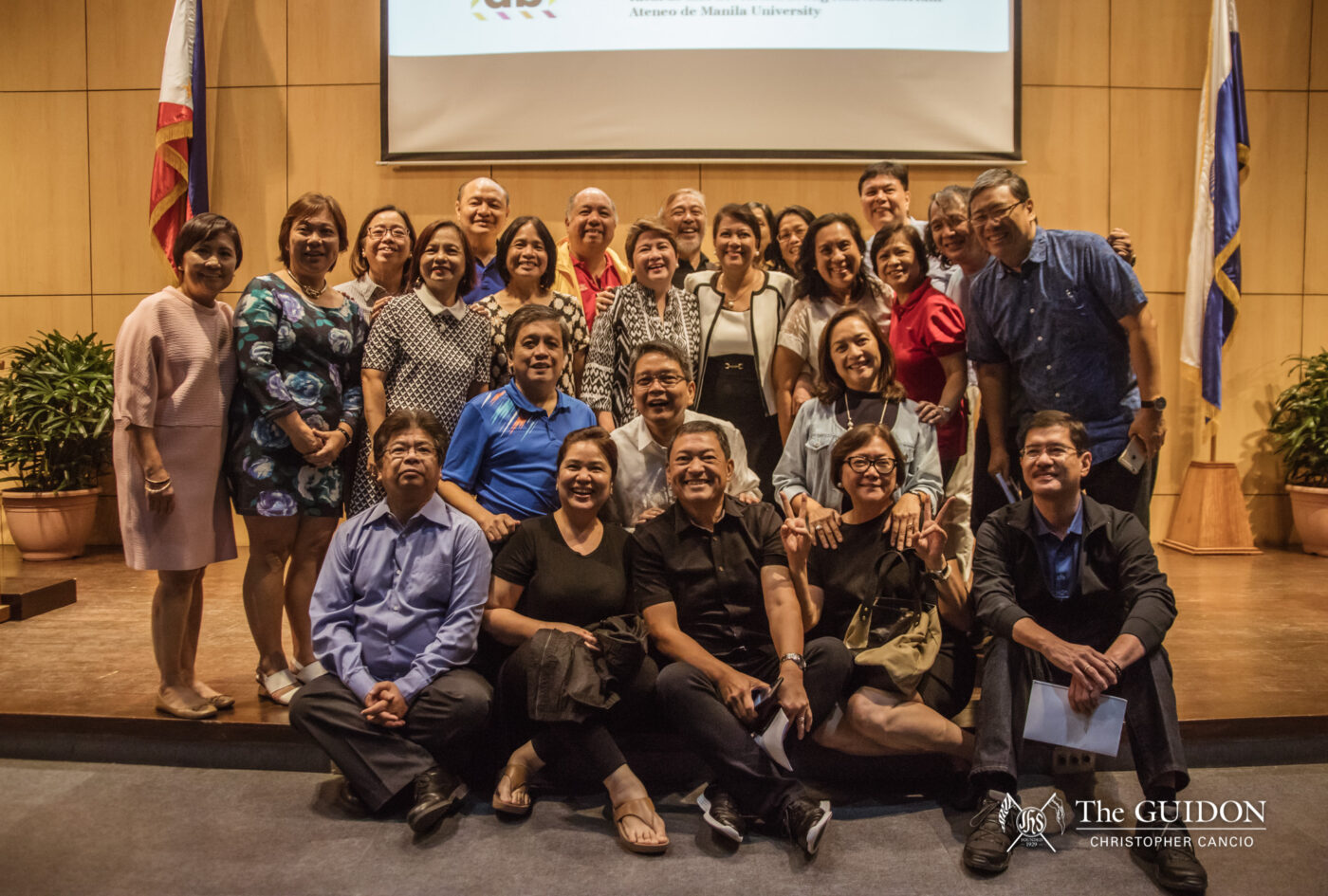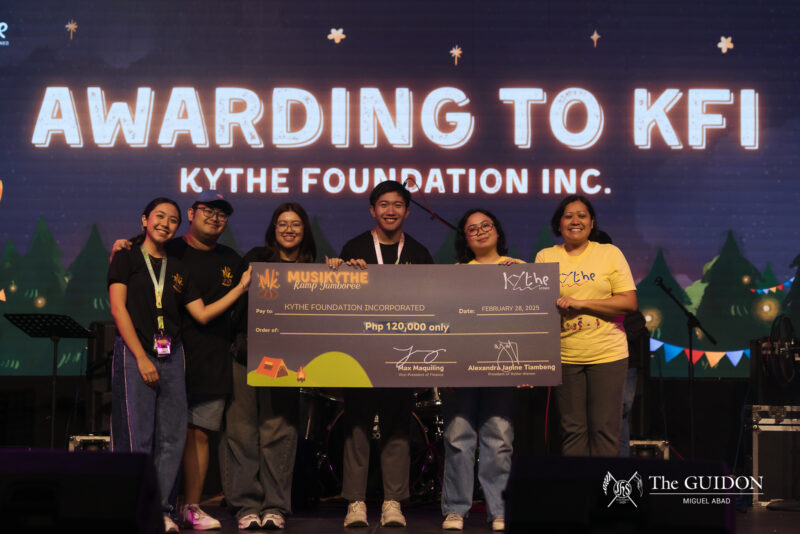CHIEF JUSTICE Maria Lourdes Sereno discussed the role of the Atenean in promoting justice and the current reforms inked by the Supreme Court in “The Philippine Supreme Court and Sustainable Development: Promoting the Rule of Law and Ensuring Equal Access to Justice,” on Saturday, October 14, at the Leong Hall Auditorium.
The event opened the Talakayang Alay sa Bayan (TALAB) 2017, a series of alternative classes, which offers various talks, exhibits, and trips for Ateneans. Experts and professionals from different fields are invited to discuss social awareness, socio-political engagement, and nation-building.
The theme for this semester’s TALAB is Sustainable Development Goals (SDG). Sereno’s talk incorporated SDG 16: Peace, Justice, and Strong Institutions.
Justice for everyone
According to Sereno, The Philippine Supreme Court (SC) “is not [and should not be] reduced to a body that churns out one judicial decision after another.” She explained that the SC is a body that ensures equal access to justice and promotes a better world for Filipinos.
“Kung kailangan ng isang tao ng hustisya, magiging balakid ba sa kanya ang paglapit sa ahensiya na hindi nagbibigay ng hustisya dahil siya ay walang pera, walang edukasyon, walang abugado, malayo sa korte, o napagbintangan nang walang basehan? Ito ba ay dahilan upang pagkaitan na marinig ng hukom?” she said.
(If a person needs justice, will it be a hindrance for him to seek help from a body that does not serve him justice because he has no money, no education, no lawyer, is far from courts, or accused without evidence? Will these be reasons to deprive him of justice?)
Pillars of judicial reform
Sereno presented the SC reforms which they hope the public would approve of and partake in. This reform program has four pillars which include Institutionalized Integrity and Increased Credibility; Rational, Predictable, Speedy and Appropriate Judicial Actions; Improved Infrastructure, Systems and Processes; and Effective and Efficient Human Resources.
Under the first pillar, Institutionalized Integrity and Increased Credibility, are reforms like information dissemination on key judicial reform initiatives across multi-media platforms and consultation sessions with stakeholders.
There will also be consistent professional discipline of bench, bar, and judicial employees, and redress for mass civil injuries.
Among the reforms under the second pillar, Rational, Predictable, Speedy and Appropriate Judicial Actions, are the creation of special courts like drug and family courts for specific cases, and the revision of procedure rules for small claims cases in court.
Apart from those, there will be court-annexed mediation for easier settlement of disputes among parties in court, enhanced “justice on wheels” or mobile court hearings, jail decongestion, legal aid to the underprivileged, continuous trial for criminal cases and more.
Under the third pillar, Improved Infrastructure, Systems and Processes, are the “eCourts” or automated case management systems for trial courts, automation of raffling, processing and management of cases and automated hearings, and SC infrastructure development.
Additionally, the SC eyes improved document warehousing, data reconciliation, process re-engineering, budget, and asset and financial management, among others.
Finally, the fourth pillar includes reforms on Effective and Efficient Human Resources like improvements in the selection and promotions board of the SC, performance-based evaluation, rewards, a discipline and promotions system, and enhanced employee welfare, security, and wellness.
On prisoners and the poor
Sereno also gave statements about prisoners, the underprivileged, and the justice system in our country, and allowed the audience to ponder on her words.
She said that “every injustice committed against the poor [and underprivileged] is a deprivation of their right to live.” She added that whether or not they are guilty, “they are still human beings [and] they matter.”
According to her, justice is listening to the people, to the plead of the families, and that it is the duty of the judiciary to “bring these people to the better realization of their potential as human beings.”
Near the end of her speech she stated that, “One active injustice breeds another form of injustice. Ang pagsisi sa isang kategorya ng tao [mga marhinalisado] ay hindi nakatutulong sa pagresolba ng problema (One active injustice breeds another form of injustice. Blaming a singular category of people [or the marginalized] does not solve the problem).”
Sereno later on urged the audience to be more watchful and critical so as not to allow “the erosion of the rule of law and the downward spiral [of society] towards cynicism and despair.”
Responding to the call of justice
As an Atenean herself, Sereno (AB EC ‘80) addressed the Atenean population at the auditorium.
The Chief Justice said, “The kind of gravitas and individual keenness [the youth should have] should start here. It starts with you musing about the world.”
Sereno then called on the youth to be more reflexive, to constantly ask themselves whether or not they have contributed to promoting the rule of law and equal access to justice.







